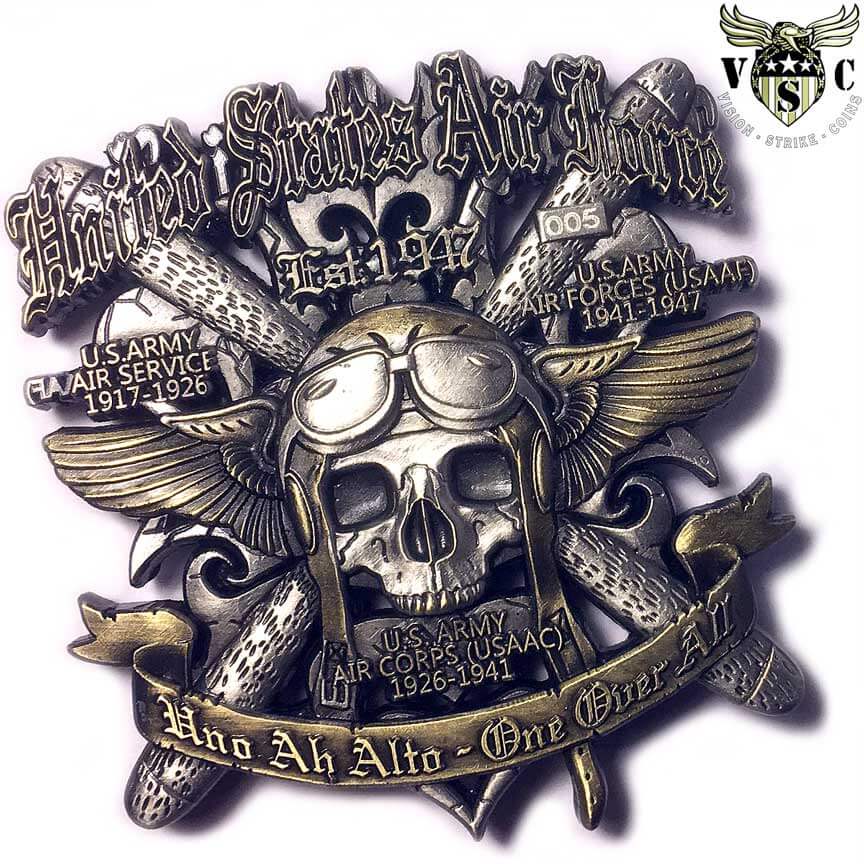The establishment of the United States Army Air Corps on July 2, 1926, marked a pivotal moment in the history of American aviation. As the forerunner to the modern United States Air Force, the US Army Air Corps laid the foundation for the country’s aerial dominance and spearheaded groundbreaking advancements in aviation technology. In this blog, we delve into the early days of the US Army Air Corps and its lasting impact on the world of military aviation.

Origins of the US Army Air Corps:
The roots of the US Army Air Corps can be traced back to the early 20th century when military leaders recognized the potential of aviation in warfare. In 1907, the Aeronautical Division was established under the Signal Corps, paving the way for the future of military aviation. Over the years, the importance of aerial warfare became increasingly evident, leading to the formation of the US Army Air Corps as a separate branch of the military.
Role in World War II:
The US Army Air Corps played a vital role during World War II, contributing significantly to the Allied victory. Its strategic bombing campaigns, supported by formidable aircraft such as the B-17 Flying Fortress and the B-29 Superfortress, delivered devastating blows to enemy targets. The precision and effectiveness of these aerial operations showcased the US Army Air Corps’ capabilities and solidified its position as a dominant force in the skies.
Pioneering Aviation Technology:
During its existence, the US Army Air Corps was at the forefront of aviation technology. It spurred innovation and development in aircraft design, propulsion systems, and aerial combat tactics. The pursuit of faster, more capable aircraft led to the creation of iconic planes like the P-51 Mustang and the P-38 Lightning, which played a pivotal role in achieving air superiority during the war.
Transformation into the United States Air Force:
As the world entered the post-World War II era, the US Army Air Corps underwent a significant transformation. On September 18, 1947, the National Security Act established the United States Air Force as a separate and independent branch of the military. This move recognized the distinct role and responsibilities of the Air Force, emphasizing the importance of airpower in national defense.
Legacy and Impact:
The legacy of the US Army Air Corps lives on in the modern United States Air Force, which stands as a testament to the Corps’ pioneering efforts in the realm of military aviation. The principles of innovation, excellence, and dedication to airpower that were instilled in the Army Air Corps continue to guide the Air Force’s operations and missions to this day.
Conclusion:
The establishment of the US Army Air Corps was a transformative moment that forever changed the landscape of military aviation. Through its dedication to technological advancement and commitment to excellence, the US Army Air Corps paved the way for the modern United States Air Force. As we reflect on its legacy, we celebrate the visionary leaders and courageous aviators who laid the groundwork for the United States’ aerial dominance and honor their enduring impact on the world of aviation.
While the US Army Air Corps is no longer in existence, its legacy continues to inspire and shape the United States Air Force’s principles and practices. Today, the Air Force upholds the values of its predecessor, focusing on cutting-edge technology, strategic planning, and unwavering dedication to maintaining air superiority.

The pioneering spirit of the US Army Air Corps serves as a reminder of the importance of innovation and adaptability in the face of evolving challenges. As the Air Force embraces new technologies and advancements in aviation, it remains rooted in the timeless traditions and values of its forebear.
The accomplishments of the US Army Air Corps during World War II and its transformation into the Air Force stand as a testament to the strength and determination of the men and women who serve in the skies. As we celebrate the establishment of the US Army Air Corps, we pay tribute to the brave aviators who blazed the trail for future generations of airmen and women. Their legacy lives on as the Air Force continues to dominate the skies and defend the nation with unparalleled expertise and dedication.

